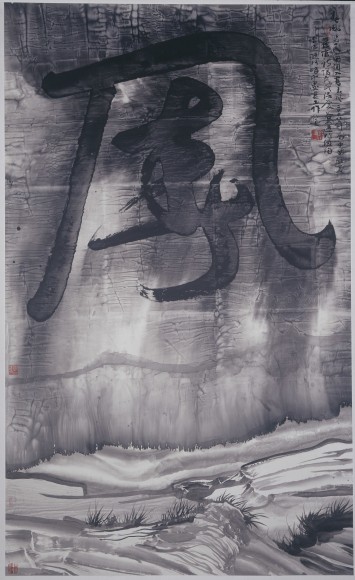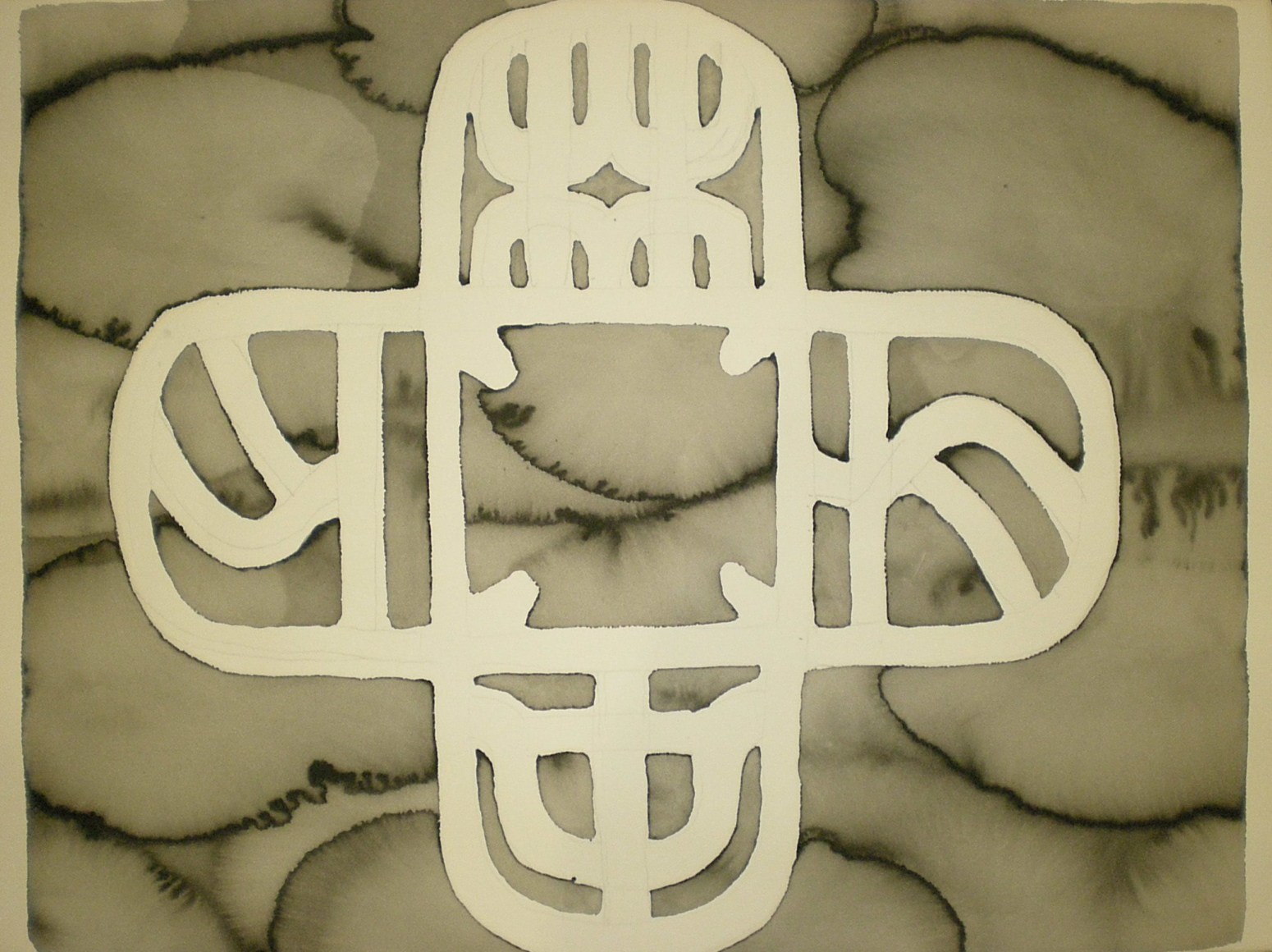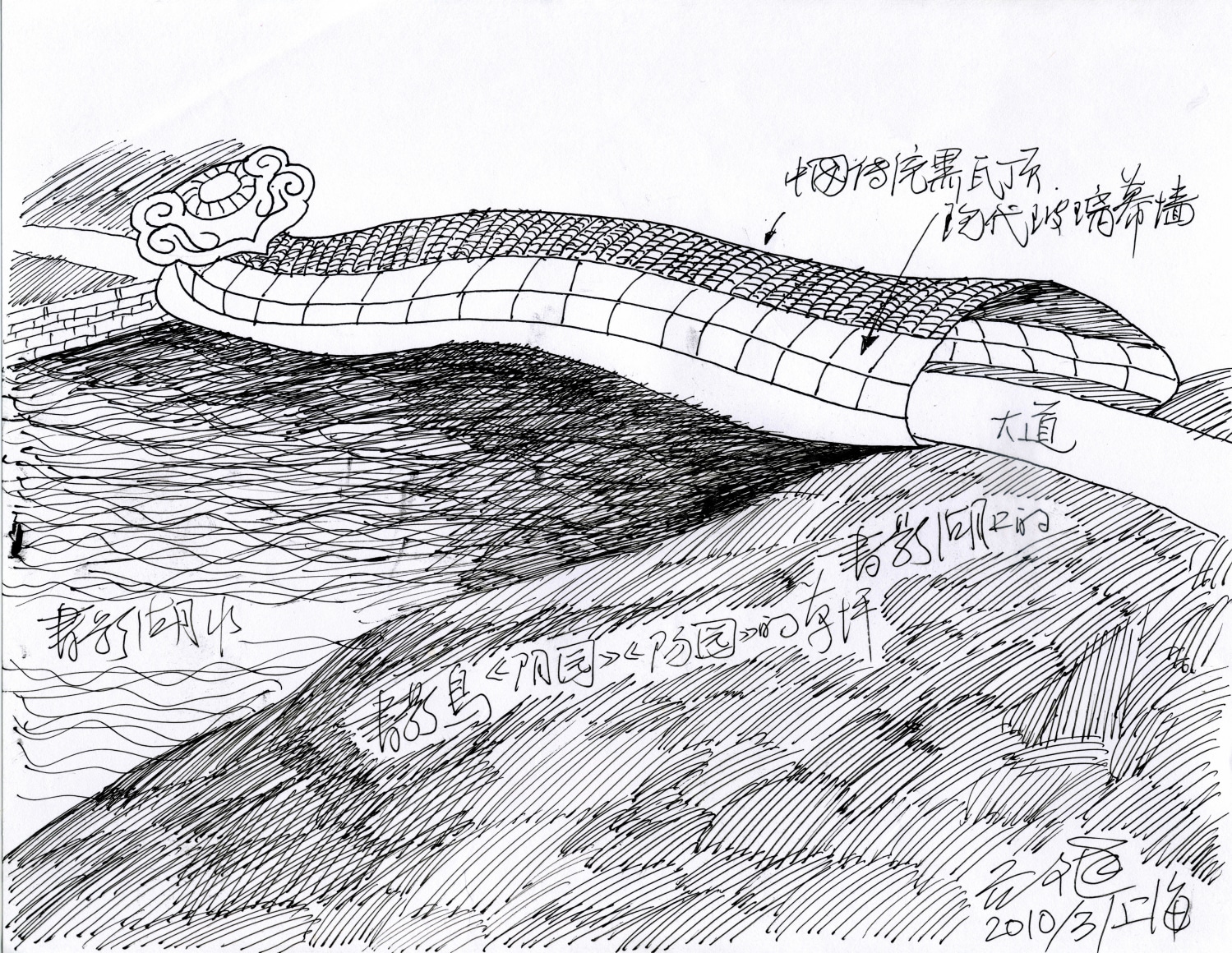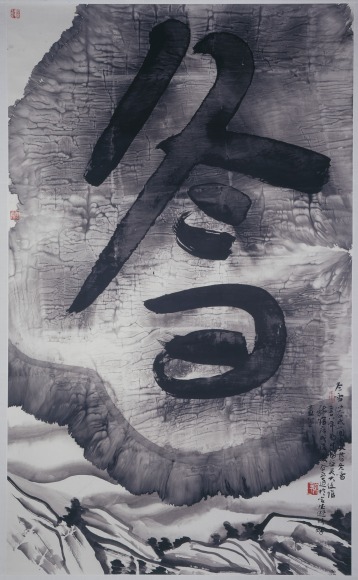Chambers Fine Art is pleased to announce the opening on November 15 of Gu Wenda: Central Park. This will be his first exhibition at the gallery and will consist of preliminary studies and documentary material for his first venture into garden design and urban planning. When first exhibited in its entirety in Shanghai in 2010, it was as part of the Shanghai Pujiang OCT 10-Year Public Art Project and was known as China Park but the change of name to Central Park not only underscores its relocation to Manhattan but also its centrality to the grand scheme of which it is the most important component.
One of China’s pioneering contemporary artists since the early 1980s when he first came to prominence with his pseudo-calligraphy and mixed-media installations, Gu Wenda is well known for projects such as Forest of Stone Steles: Retranslating and Rewriting of Tang Poetry and United Nations Project, both of which were begun in 1993 and were developed over many years. Underlying Gu’s varied artistic activities since the early 1980s has been what he refers to as “my greater artistic mission and its conceptual themes of east and west, of the traditional and the modern, and my modern and conceptual ideas.” As familiar with western approaches to landscape garden as he is with the great gardening tradition of China, Gu has proposed the creation of “a modern eastern garden” which beyond its possible realization can serve as a model for the future planning of ecologically sound cities throughout China.
Rejecting purely picturesque effects, Gu has designed an ideal scheme in which every element has been carefully considered and is resonant with meaning. Unifying the landscape and architectural features are the Chinese concept of yin and yang and the five elements of Chinese philosophy (wood, fire, earth, metal and water). In the center and at the highest point of the entire scheme is the River Calligraphy Garden which is surrounded by a river and is interlaced with a complex network of narrow canals. Representing the yin aspect, the feminine qualities of the river separate the core complex from the lushly planted green expanse of the Green Forest Calligraphy Garden. Here the masculine character of the trees embodies the yang aspect. On the perimeter of the gardens the four Merit Monument Squares and Gates situate the gardens within a cultural and historical matrix of references.
As dense as the symbolism of every component of Central Park may seem, it needs to be remembered that his visionary scheme is a blue-print for a garden and recreation space located at the heart of a living community. As conscious as Gu is of the park’s sources in calligraphy and the elite culture of China, he is equally concerned that they should merge seamlessly “into popular culture: the entertainment and leisure aspects of the public park, the theme park, and the high end and low-density residential area surrounding the park.” As the users of the park grow familiar with it as their outdoor playground or living room, they will be presented with cultural and historical references in an entirely pleasurable way. Gu’s proposal for Central Park, elitist in inspiration but populist in its aspirations, is visionary in its scope but based in reality.
《中园》是谷文达在前波画廊的首次展览,该展包括他首次涉足园林设计和城市规划的前期研究和文献资料。80年代早期,谷文达因他的伪书法和多媒体装置艺术而崭露头角,成为中国当代艺术家之先锋。自1993年起,谷文达开始用多年创作他众所周知的作品系列《碑林:唐诗后著》及《联合国系列》。既熟悉西方园林的景观模式,又通晓中国园林之传统,谷文达提出创造“当代东方园林”。除了实现这个设想,艺术家也期望它可以成为规划未来中国生态城市的模型。
谷文达认为仅仅拥有画面感的效果是不够的,他所设计的理想园林的每一个元素都经过了深思熟虑并被赋予意义。他将阴阳及五行 (金,木,水,火,土)等中国传统概念贯穿于景观和建筑特色之中。
诚然《中园》的每一个细节构成都充满象征意义,不可忽略的是艺术家的本意是为一个城市中心设计一座园林和休闲空间的蓝图。谷文达很清楚园林设计中对于书法及中国精英文化的引用,同样也非常关注这些元素与大众流行文化的巧妙结合: 公园的娱乐和休闲元素,主题公园,以及公园周围高端、疏散的住宅区。




